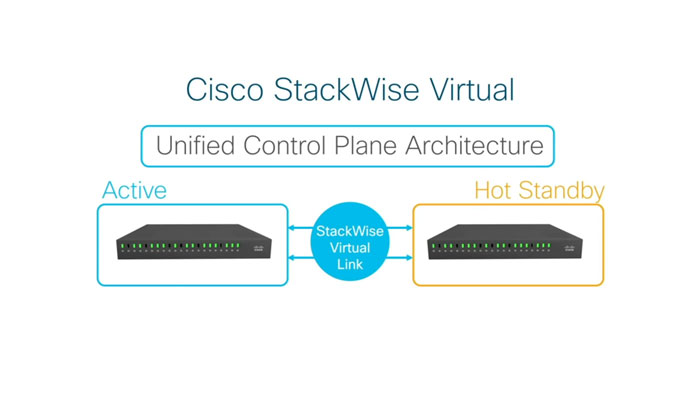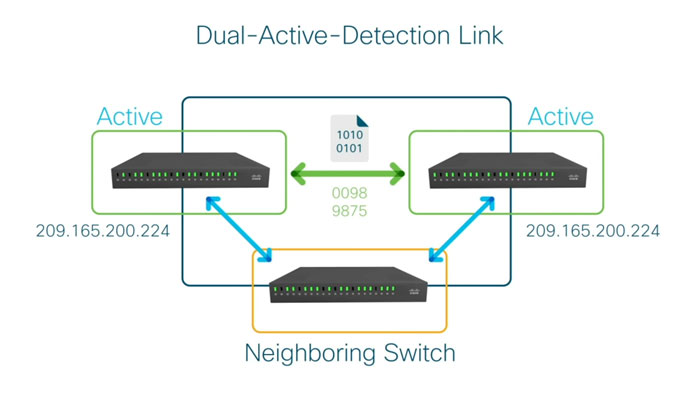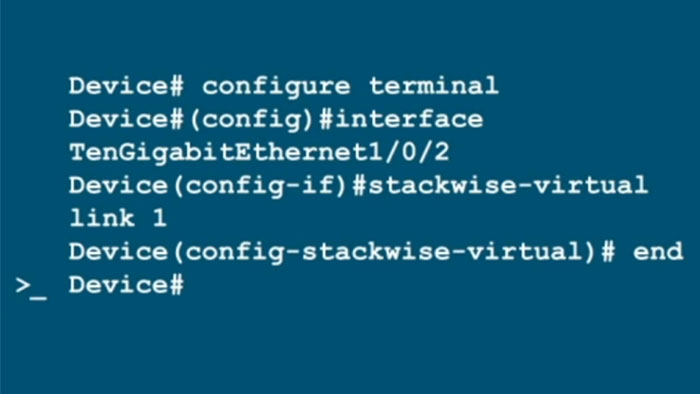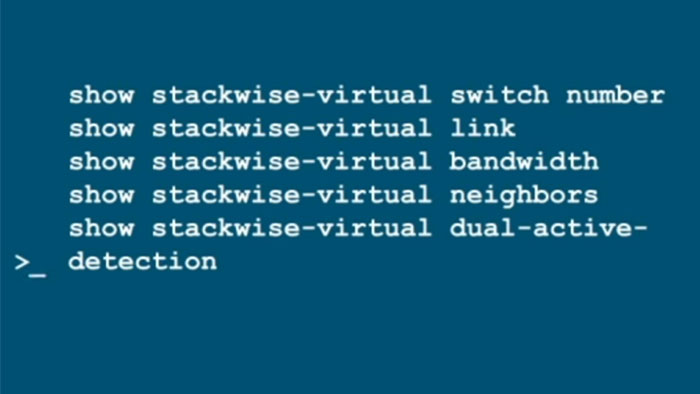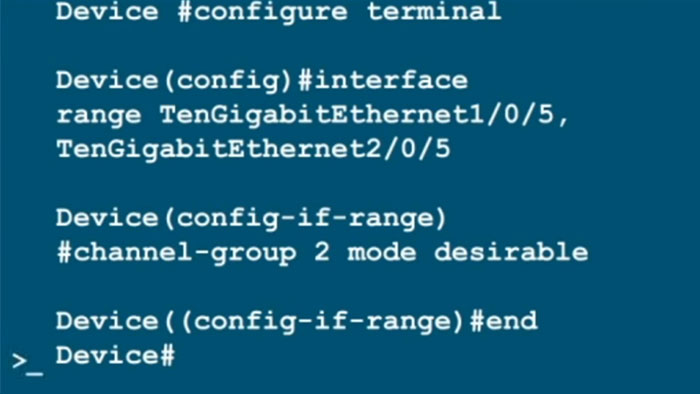Cisco StackWise Virtual introduction
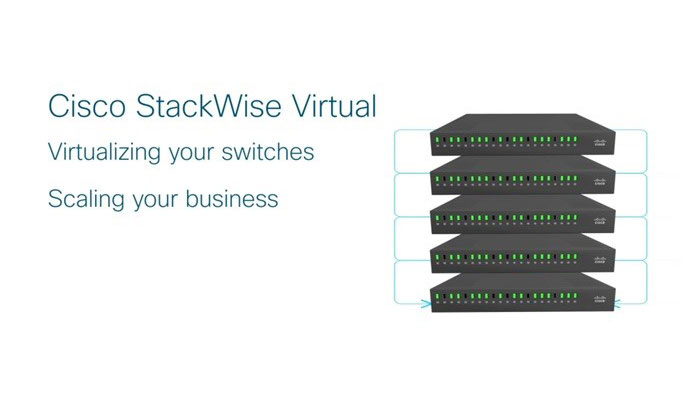
The world is getting increasingly connected, Plus, networks are growing exponentially both in terms of volume and complexity.
So, businesses have to constantly choose their strategy and be ready with their next market move. With cloud computing mobility and the Internet of Things, setting the pace organizations have to run a sprint and a marathon at the same time. Therefore, they need a network infrastructure that can be deployed in a snap, skill in a jiffy and managed real time and really easy.
Cisco StackWise Virtual on the catalyst 9500 switch, helps you achieve the flexibility and scalability that you need on the network today. StackWise Virtual is a technology that very smartly combines two physical switches into one logical switch. it also offers unified system virtualization of networking devices much beyond a single rack unit space.
This means that you benefit from stacking at the network level instead of at the individual system level. StackWise Virtual is a huge jump or StackWise 480 in the stacking technology space. It delivers enhancements in the areas of network performance, design and operational efficiency. StackWise Virtual provides you with the unified control and management plane architecture, so that you can manage configure and troubleshoot two redundant catalysts 9500 switches to function as a single logical entity in your topology.
From the data pane perspective, StackWise Virtual provides a fully distributed forwarding architecture, this means that all the devices in StackWise Virtual are capable of forwarding the traffic locally. Another benefit comes from multi-chassis EtherChannel which provides solid link resiliency to interconnect the neighboring devices in the network.
Finally, with Cisco StackWise Virtual your network is always available for both L2 and L3 traffic even during the failures thanks to Stateful Switchover (SSO) and Non-stop forwarding (NSF) capabilities. In other words, you have a network which is always online and available for you. In short the Cisco StackWise Virtual technology is your blueprint to build a digital ready network and you can scale your network as rapidly as your business.
How StackWise Virtual Works?
Cisco StackWise Virtual forms a unified control plane architecture by assigning one device as active and another device at the hot standby. Both the devices play an active role when it comes to forwarding the traffic. The primary architectural or design feature of StackWise Virtual is a two node solution which means that to catalyst 9k switches are connected by StackWise Virtual Link or SPL, this technology brings two switches together forming a single logical switch. So now you have large number of ports of two switches available and you can manage it as a single entity. The active switch is responsible for all the control team communication and the other switch is standby.
So with respect to high availability, How Stateful Switchover (SSO) redundancy works here?
The Stack Wise Virtual standby switch is always ready to take a charge if there’s a fault on the active switch. To make sure the standby is as good as the boss, the configuration, forwarding and state information are synchronized from the active switch to the standby switch right at the startup. Any changes are immediately synchronized to the standby switch, so, in the event of a switchover disruption to network traffic is minimum.
The Cisco StackWise Virtual system comprises of three important actors, the StackWise virtual link (SVO), the dual active Direction link and the multi chassis EtherChannel. When the switch is powered up and the hardware has initialized, it looks for a configured SVO before the control plane is initialized. That’s because the SVO plays the role of a connector between the two switches. It connects two switches in a StackWise Virtual domain or regular Ethernet. After that, it enables communication or network ports to virtualize the system. The SVO also carries all the control and data traffic between these switching units.
The dual active detection link enables the switches to become active-active and operational at the same time. Plus, both the switches will use the same IP addresses, SSH key and STP bridge IDs. This condition adverse effects on your network stability and possible disruption to your network communication. It detects a dual active scenario and mitigates network instability. If the StackWise Virtual link fails, the StackWise Virtual standby switch initiates a switchover and takes over the role of the active switch immediately. This minimizes traffic disruption and maximizes the importance of dual-active detection lengths. Finally, the multi chassis EtherChannel which is just like a port channel that spans two to StackWise Virtual switches. You have all the links in the forwarding state and we have redundancy at the same time doubling your bandwidth and giving you much tinder link level redundancy.
StackWise Virtual Configuration
Before you begin the configuration, you need to make sure that you have the following prerequisites taken care of.
- all the switches in the StackWise Virtual should be off same model.
- Both the switches should be running the same software version.
- Both the switches should be running the same Cisco Network Advantage License or Cisco PLR License.
- Make sure you have enough links connected for both SVL and dual-active detection link and make sure you also have redundancy with both of them.
Now you are all set to configure the Cisco StackWise Virtual system. For this matter you need to complete the following steps:
- Configure a Domain ID on the switches to be added to the system.
- Configure SVL
- Configure Dual-Active-Detection
After this step write the configurations and reload the switches.
- Verify the Configuration
- Configure Multi-Chassis EtherChannel

